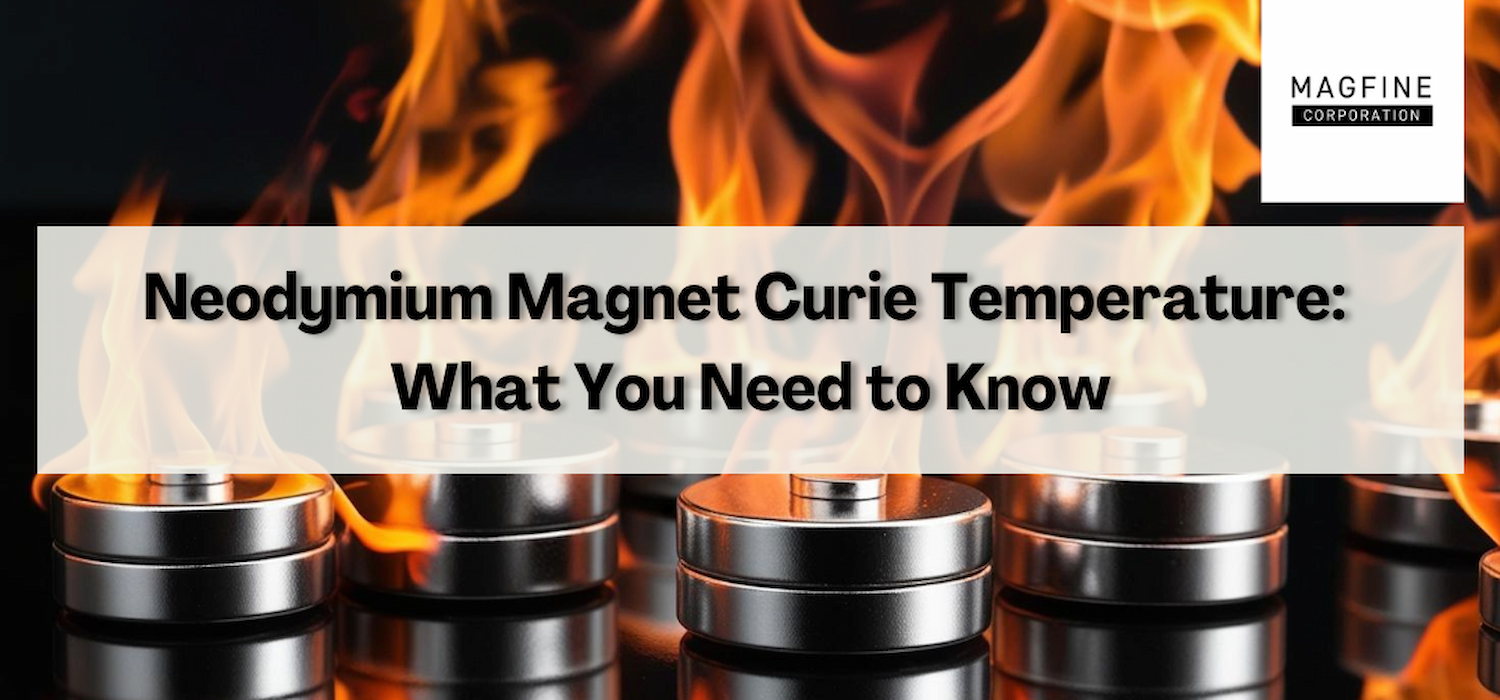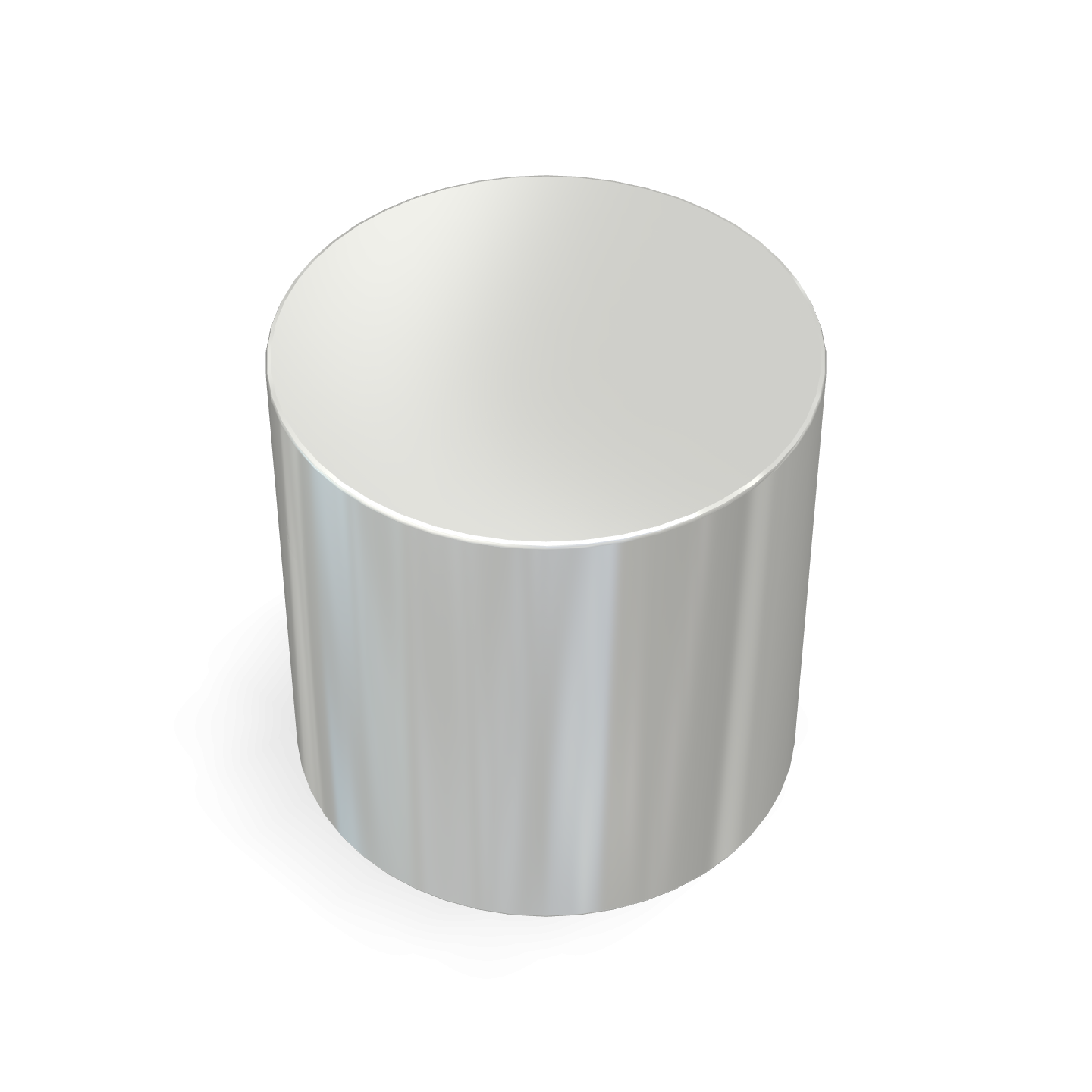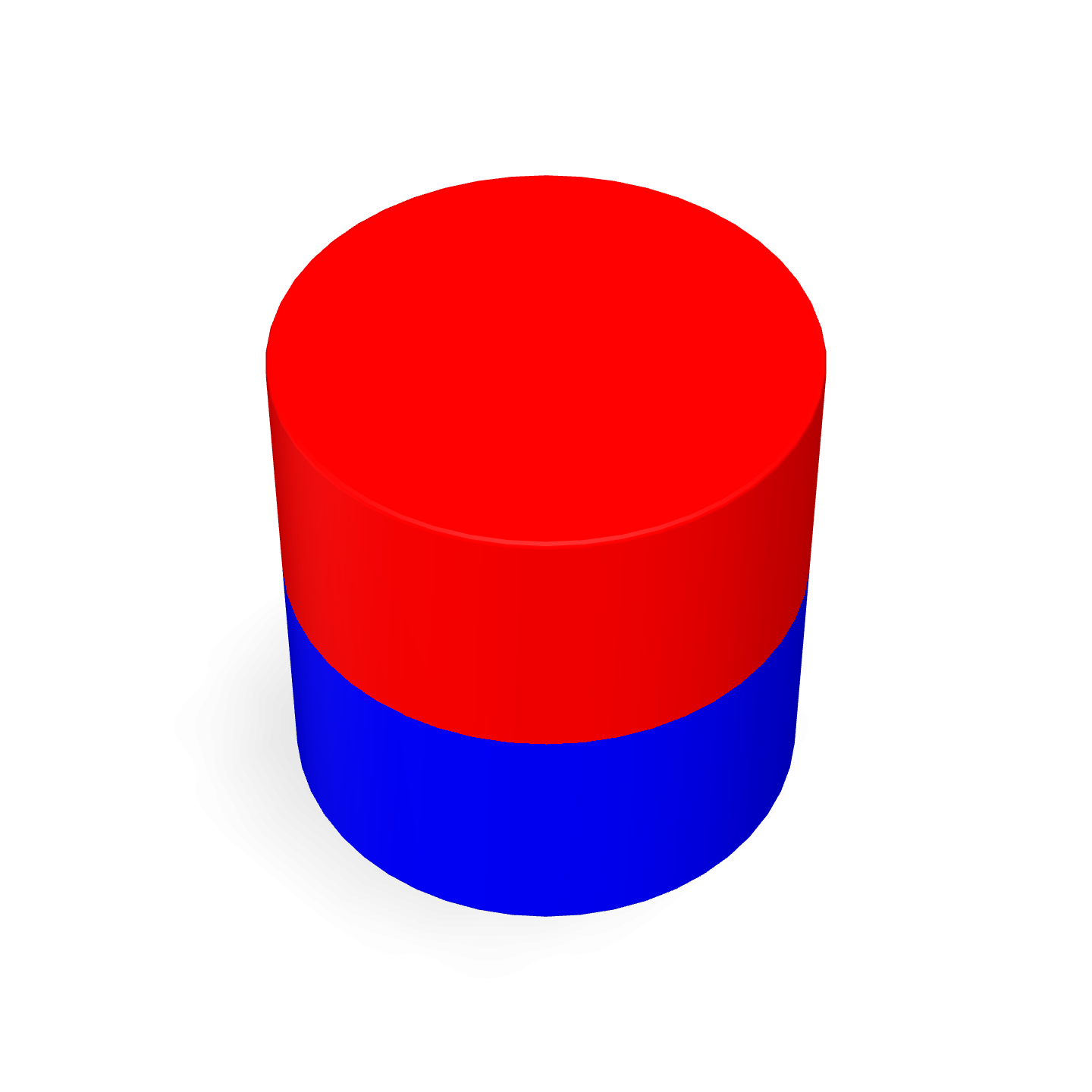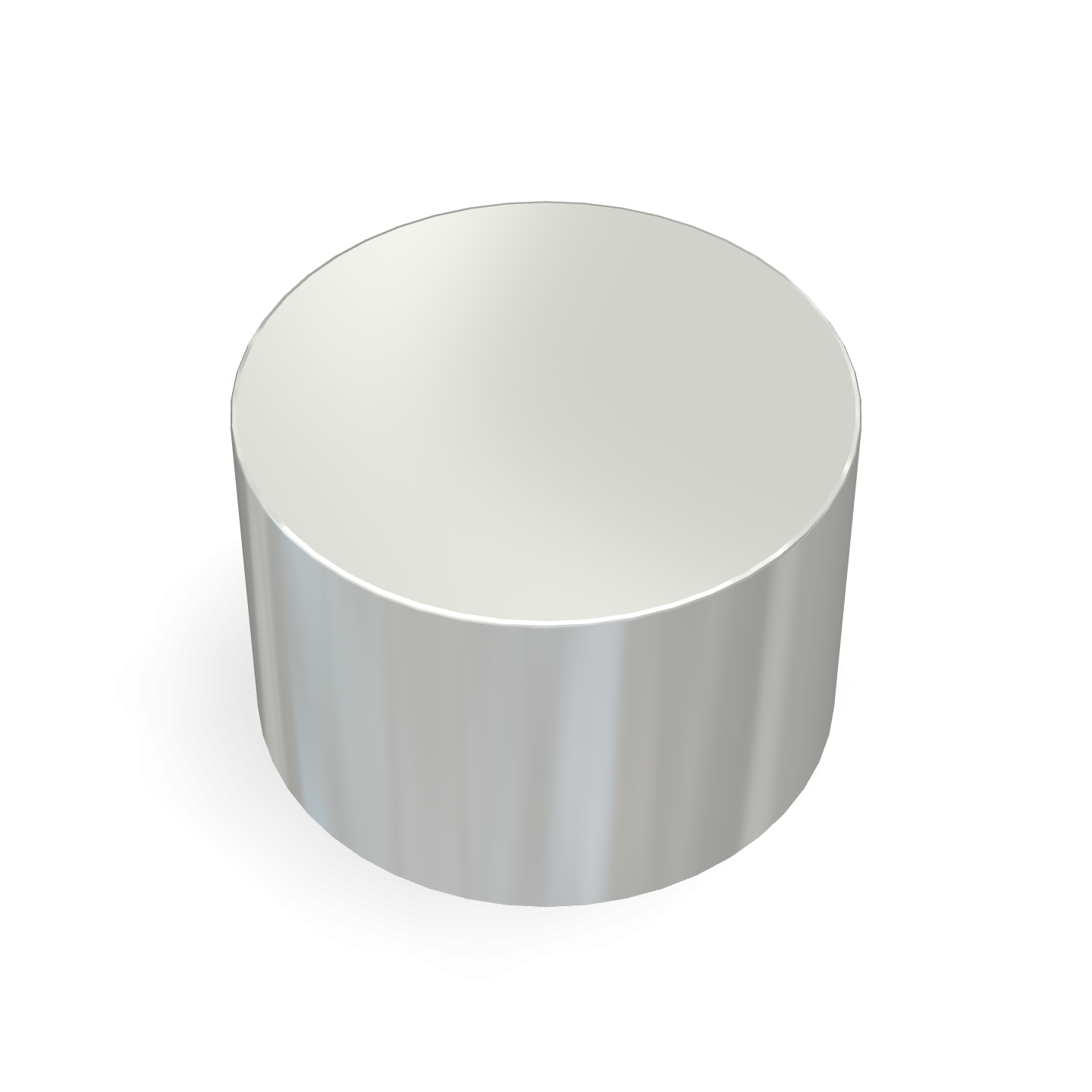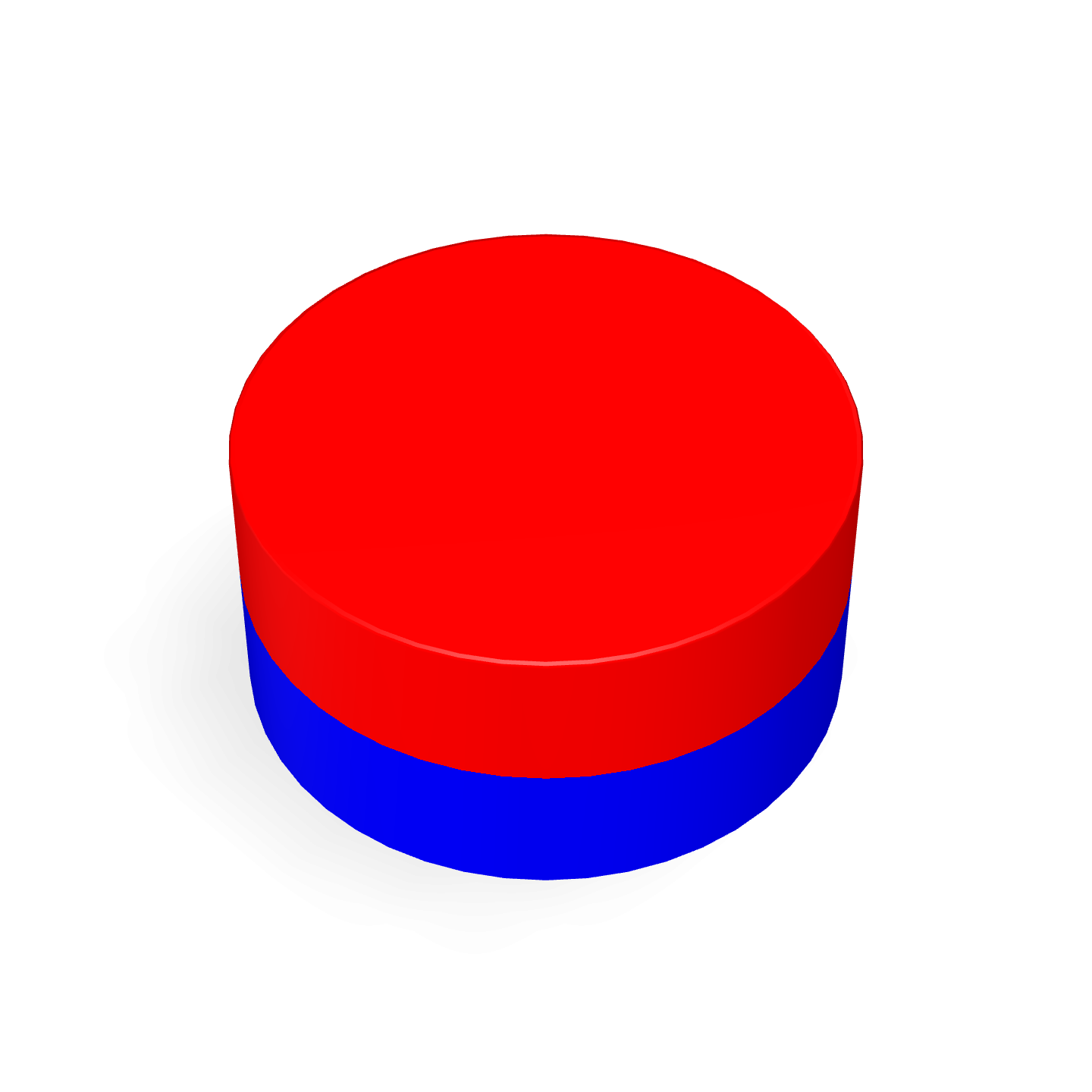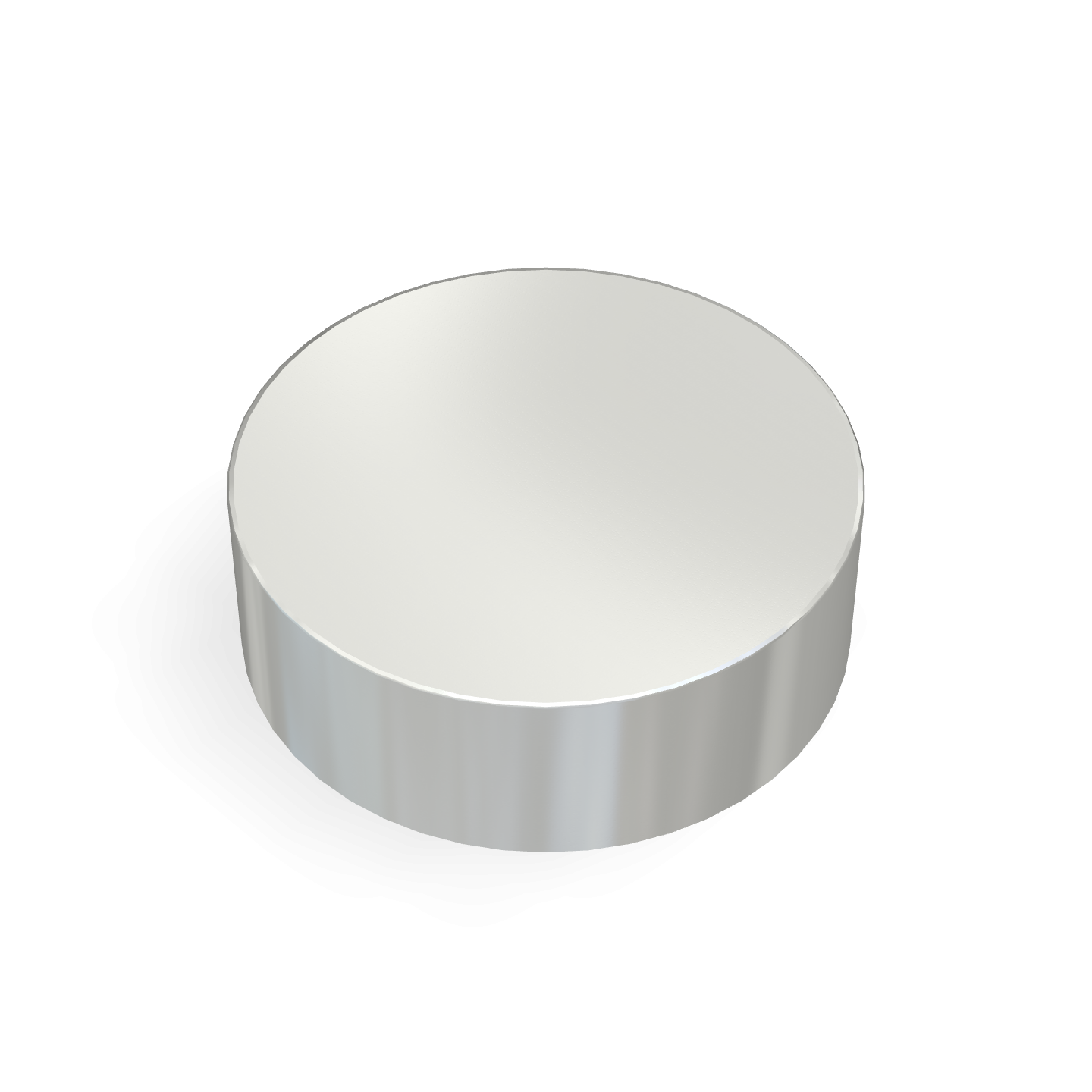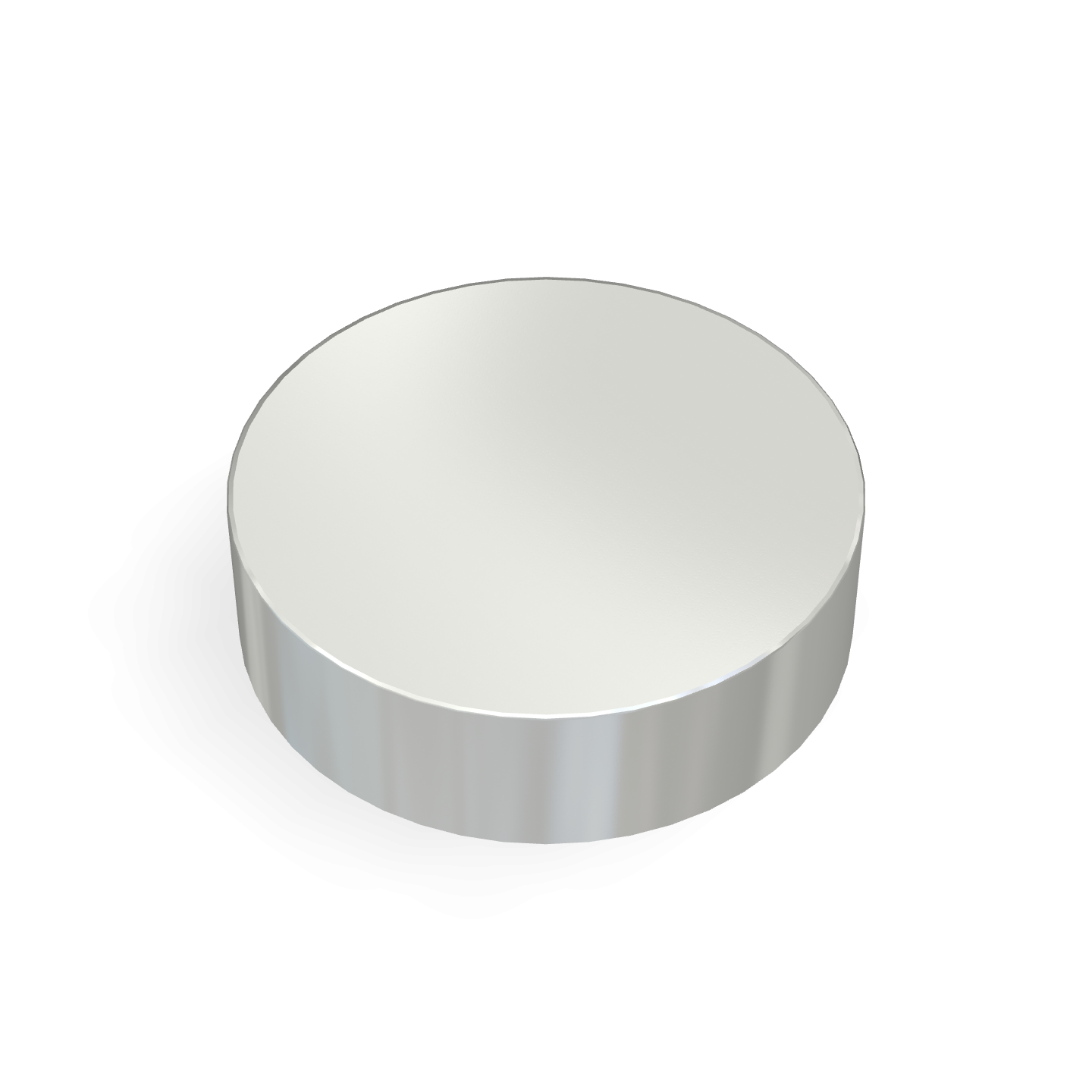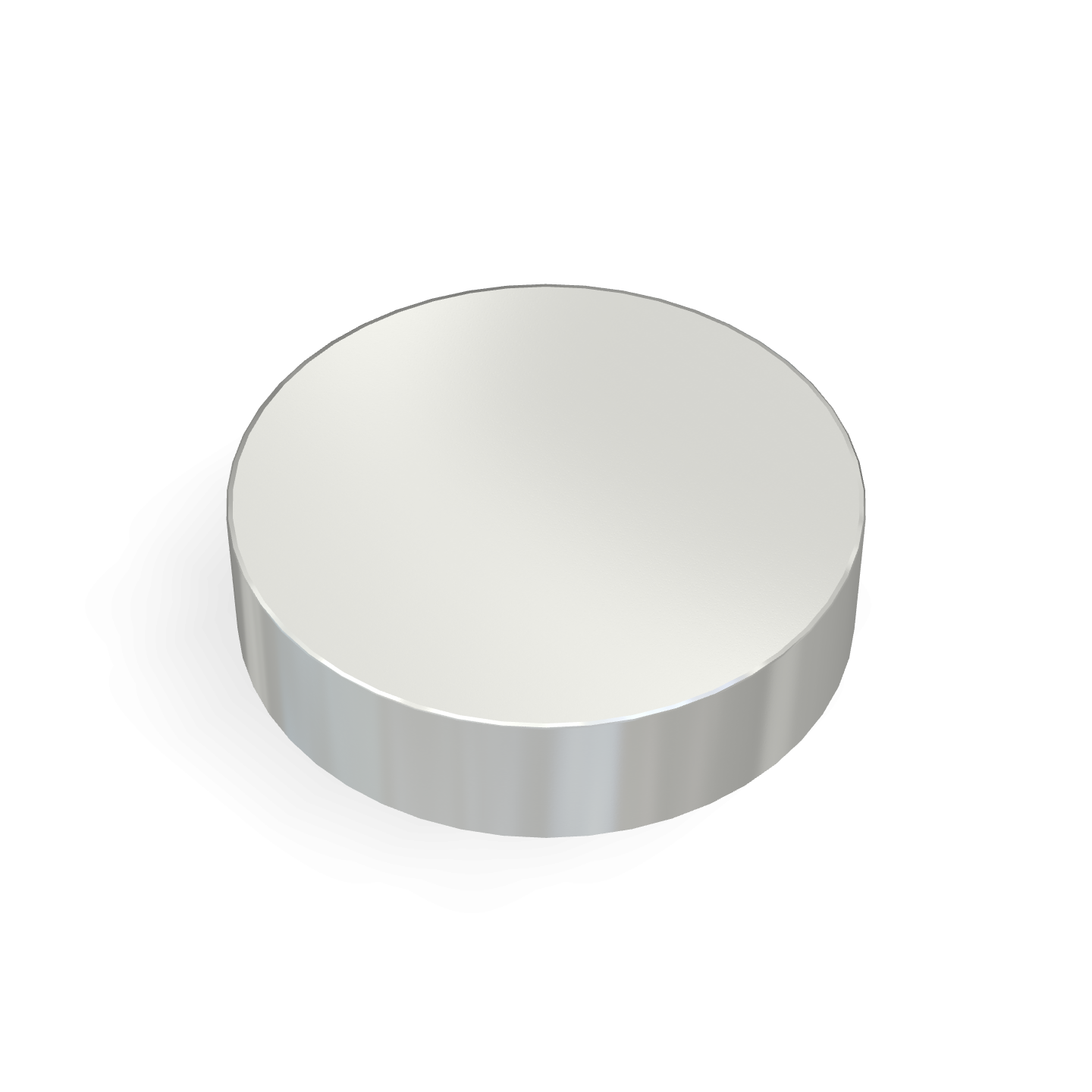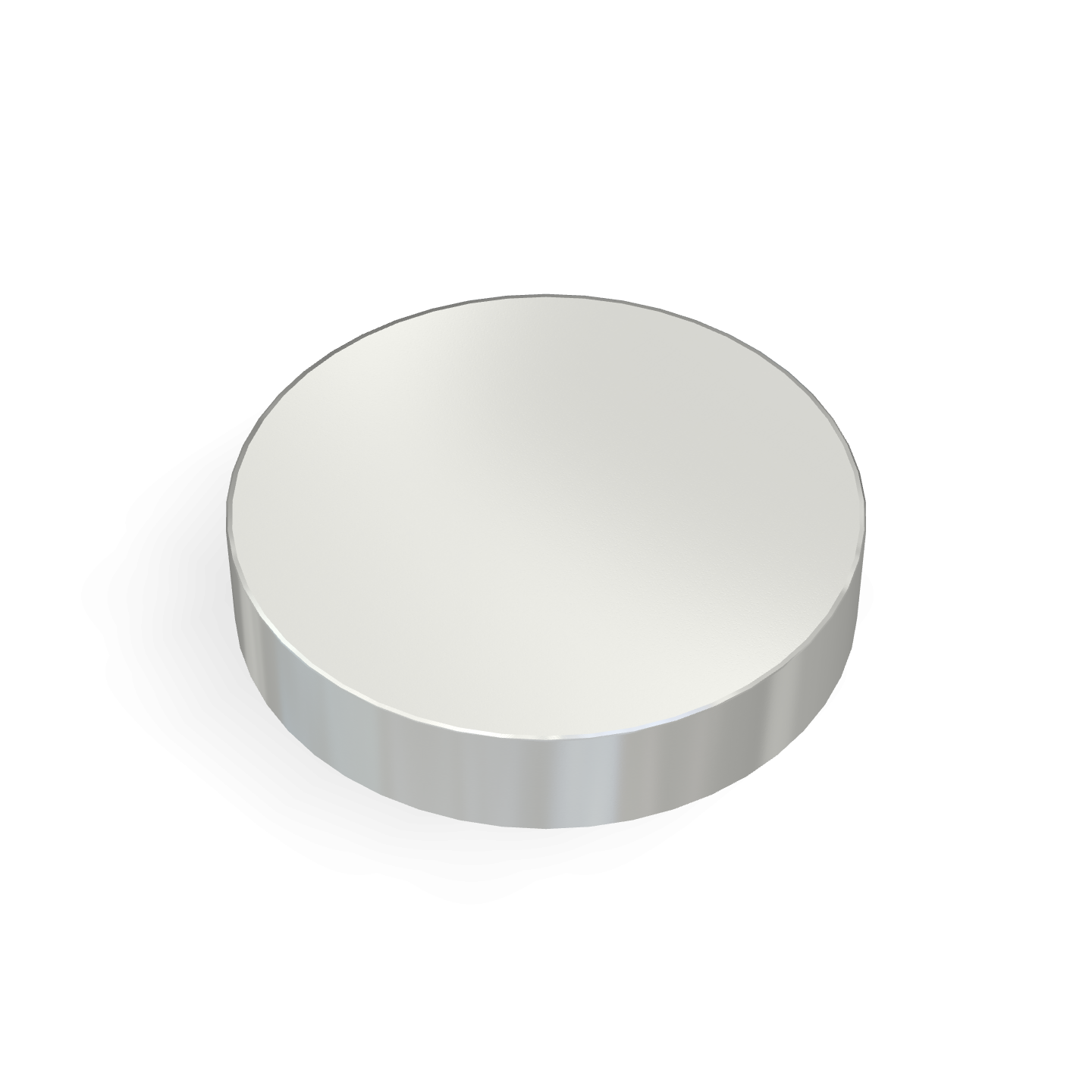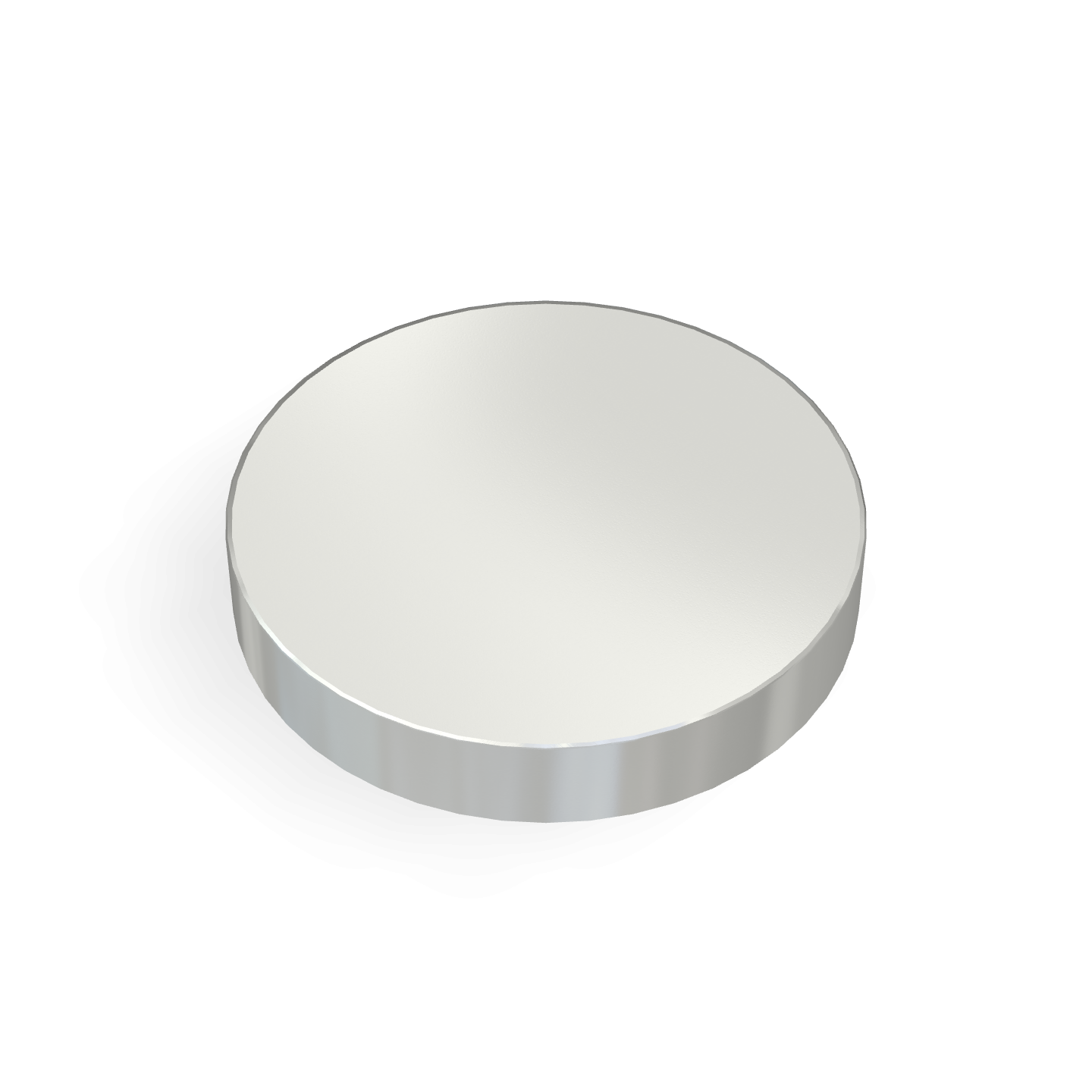Neodymium Magnet Curie Temperature: What You Need to Know
Neodymium magnets are known for their exceptional strength, making them essential in various industrial applications. However, one critical factor that affects their performance is the Curie temperature. But what exactly is Curie temperature, and why is it crucial for magnets in Canada used in industrial applications?
What is Curie Temperature?
Curie temperature (Tc) is the temperature at which a magnet loses its magnetism. In the case of neodymium magnets, this occurs between 310°C to 400°C, depending on the material grade and composition. When a magnet reaches its Curie temperature, the atomic structure changes, disrupting the alignment of magnetic domains and effectively demagnetizing the material.
Why is Curie Temperature Important for Industrial Magnets?
For industries relying on high-performance industrial magnets, understanding Curie temperature is crucial for ensuring long-term efficiency and stability. Some key considerations include:
- Heat Resistance: Neodymium magnets are powerful but can be sensitive to high temperatures. Selecting high-grade materials can help mitigate this issue.
- Application-Specific Performance: Industries like automotive, aerospace, and renewable energy require magnets with high thermal stability to function effectively.
- Coating and Protection: Many neodymium magnets are coated to protect against oxidation, but thermal exposure can still impact their performance.
How to Choose the Right Neodymium Magnet for High-Temperature Applications
When selecting a neodymium magnet, consider the working temperature range. Standard N-grade magnets (e.g., N35, N52) have lower Curie temperatures, while H, SH, and UH grades are better suited for high-heat environments.
Protecting Neodymium Magnets from Heat Damage
To maximize performance, follow these guidelines:
- Use proper coatings or enclosures to limit heat exposure.
- Choose the appropriate grade for the application’s temperature range.
- Design cooling mechanisms where necessary, such as heat sinks or airflow systems.
Frequently Asked Questions (FAQ)
1. What happens if a neodymium magnet exceeds its Curie temperature?
Once a magnet surpasses its Curie temperature, it loses its magnetization. Some level of magnetism can be restored upon cooling, but it will never fully regain its original strength.
2. Are there neodymium magnets with higher heat resistance?
Yes. High-grade variants such as SH, UH, and EH neodymium magnets are designed to withstand higher temperatures, making them ideal for industrial applications.
3. How do I select the right magnet for a high-heat application?
Consider factors like working temperature, environmental conditions, and required magnetic strength. Contact Magfine for expert advice.

